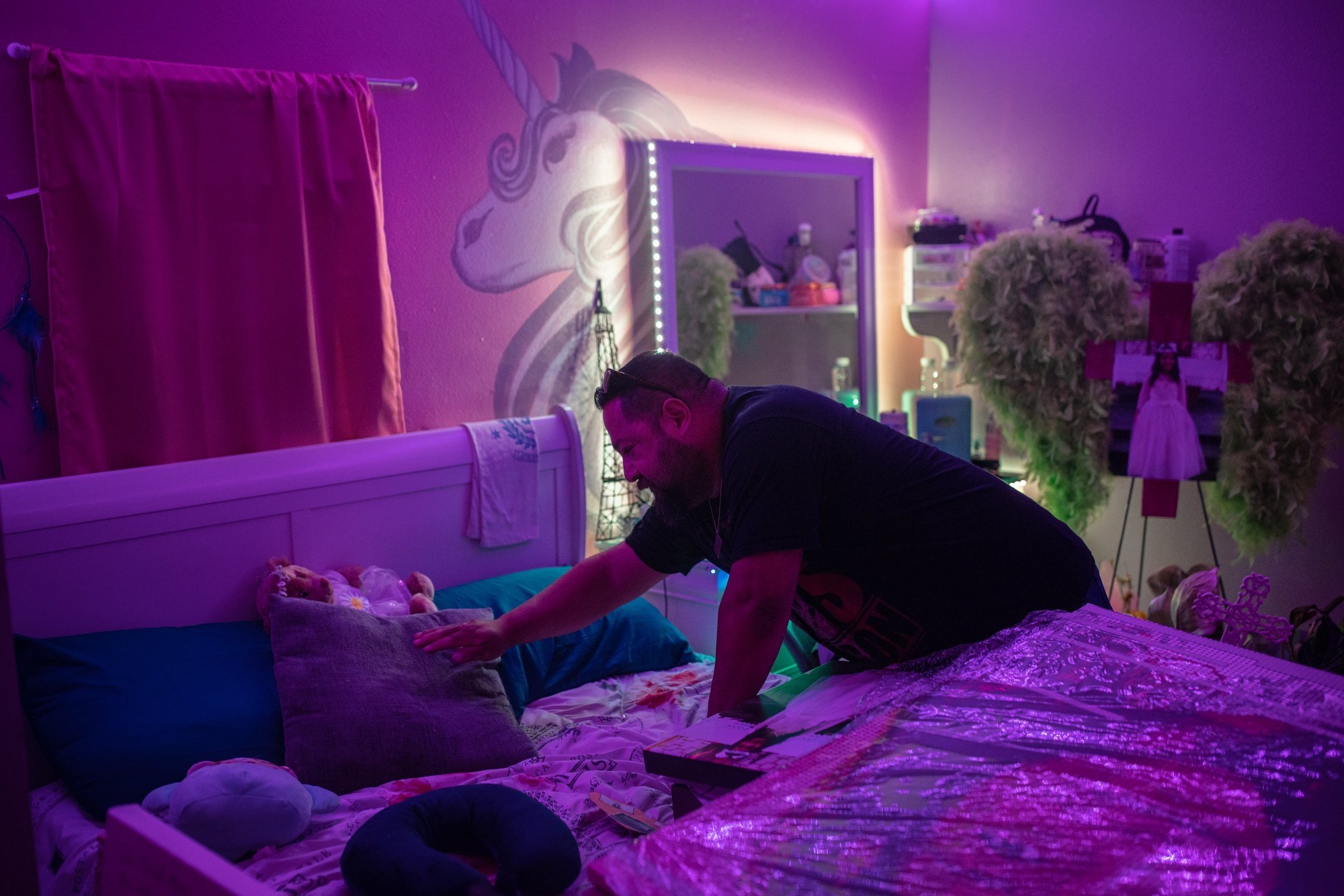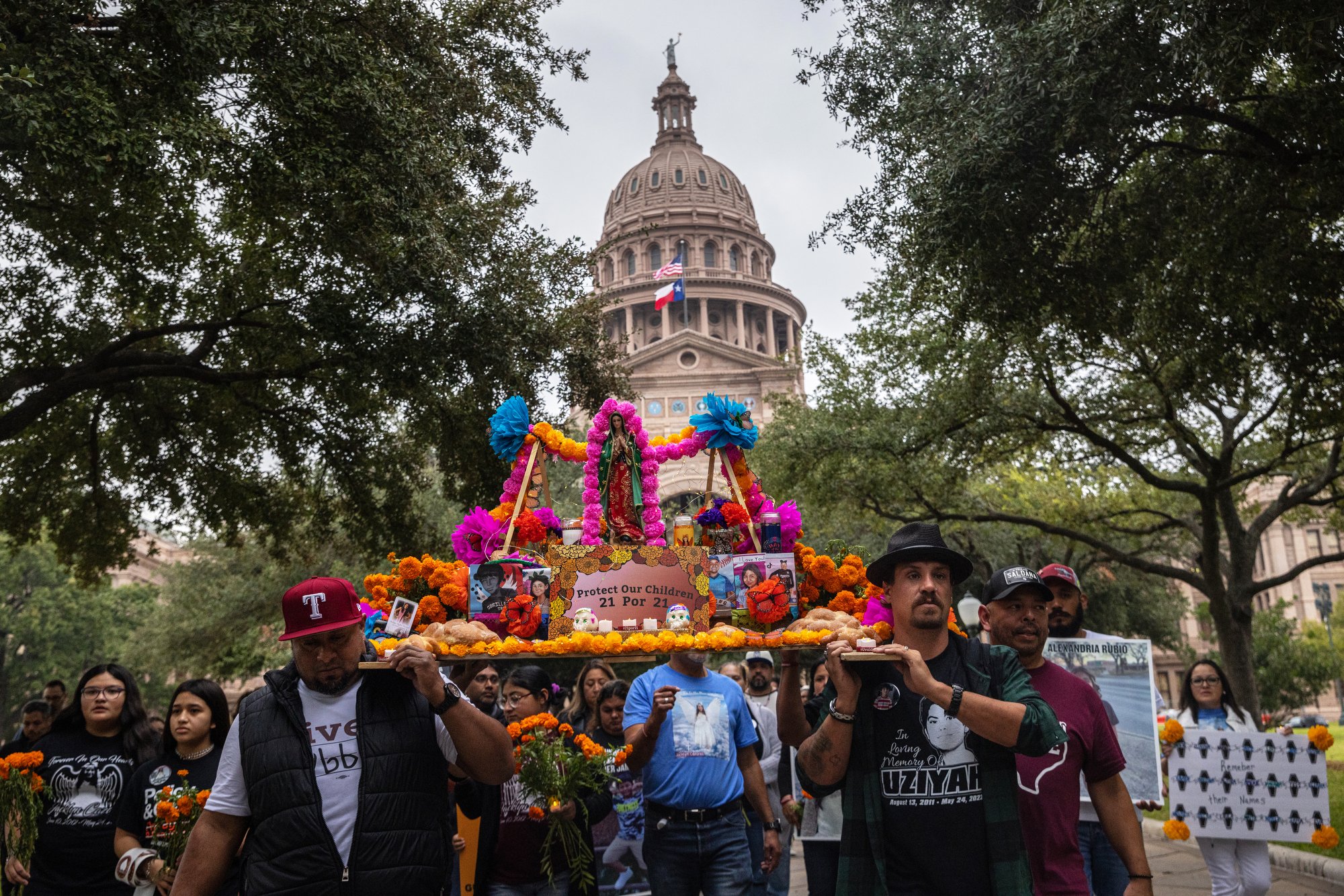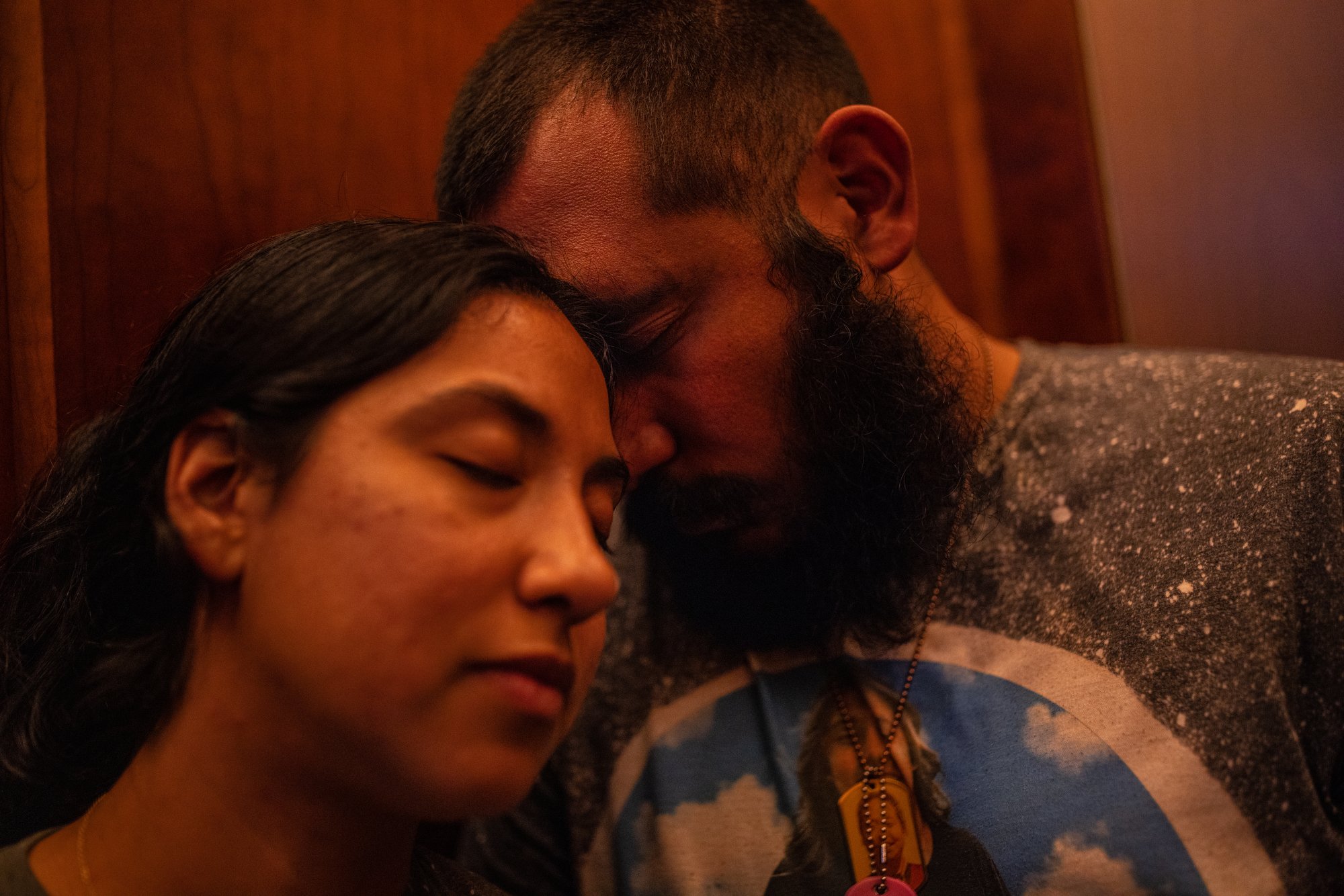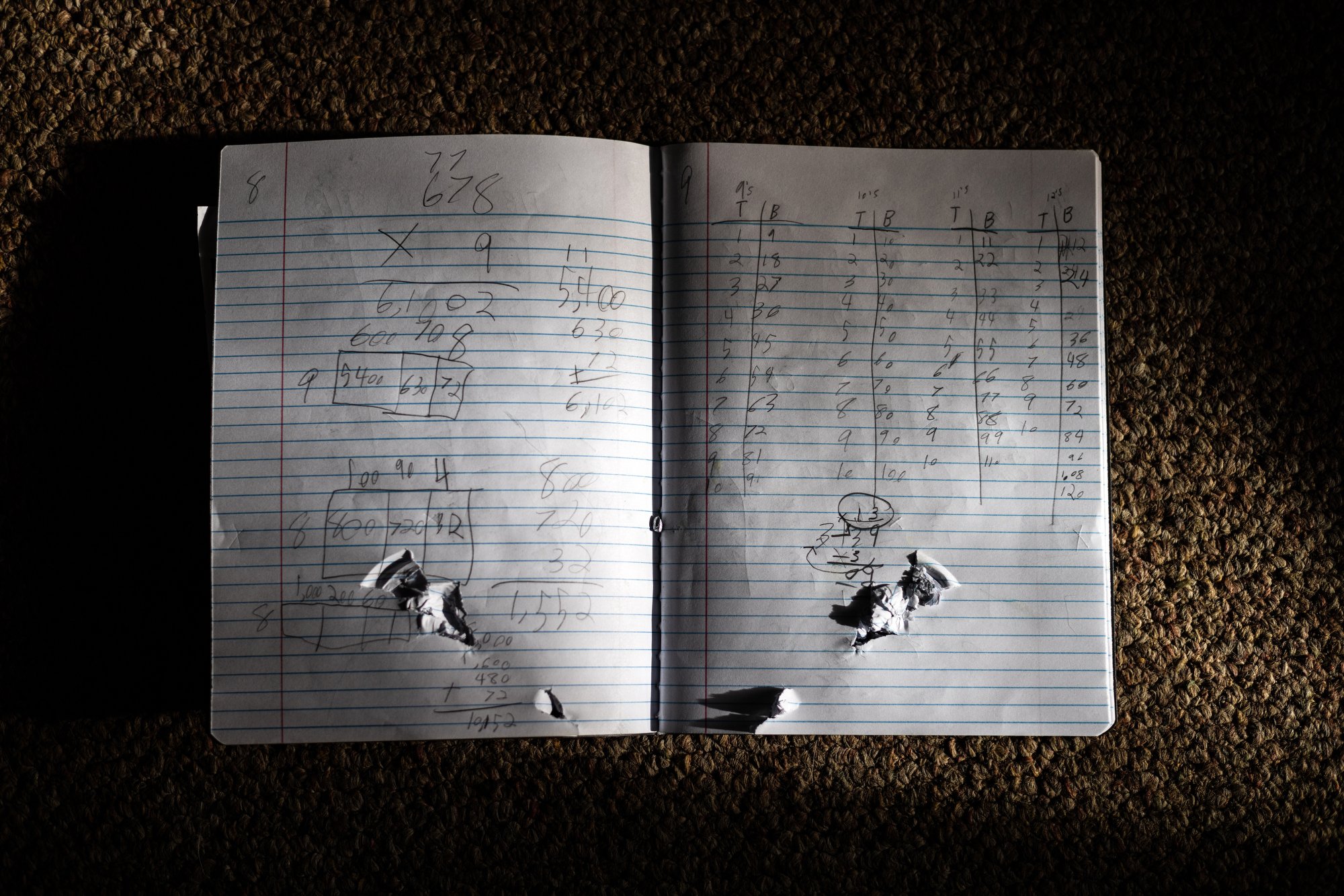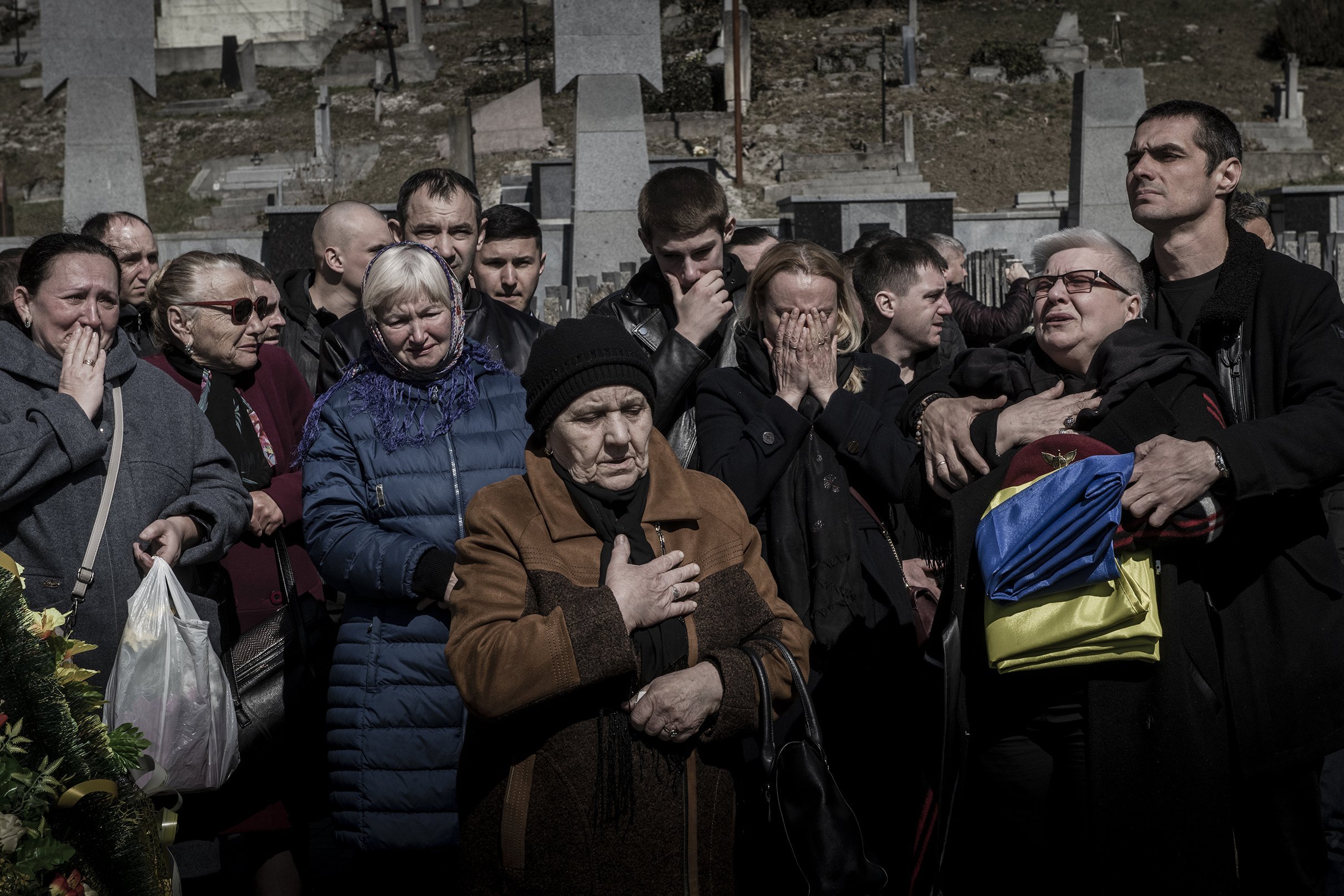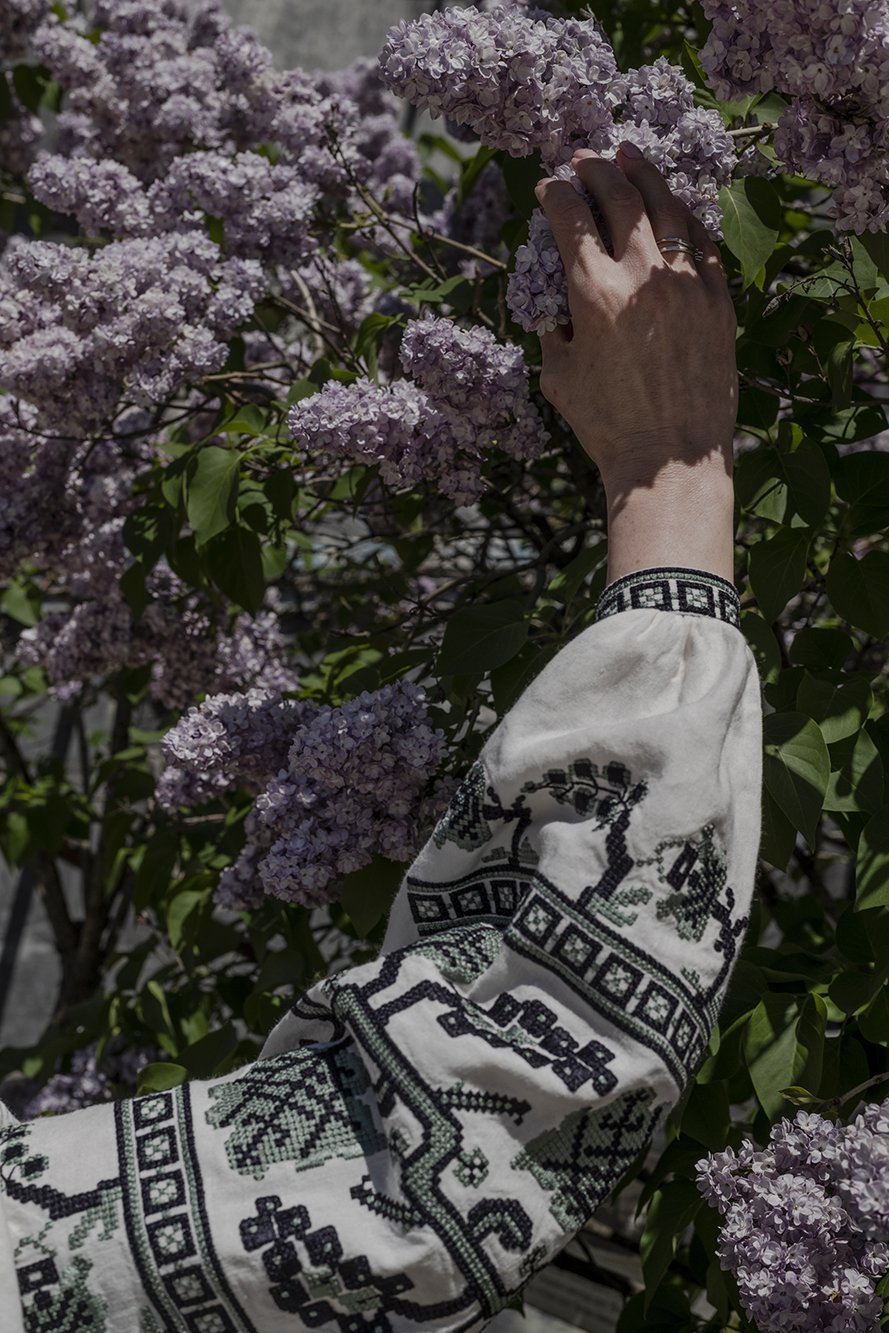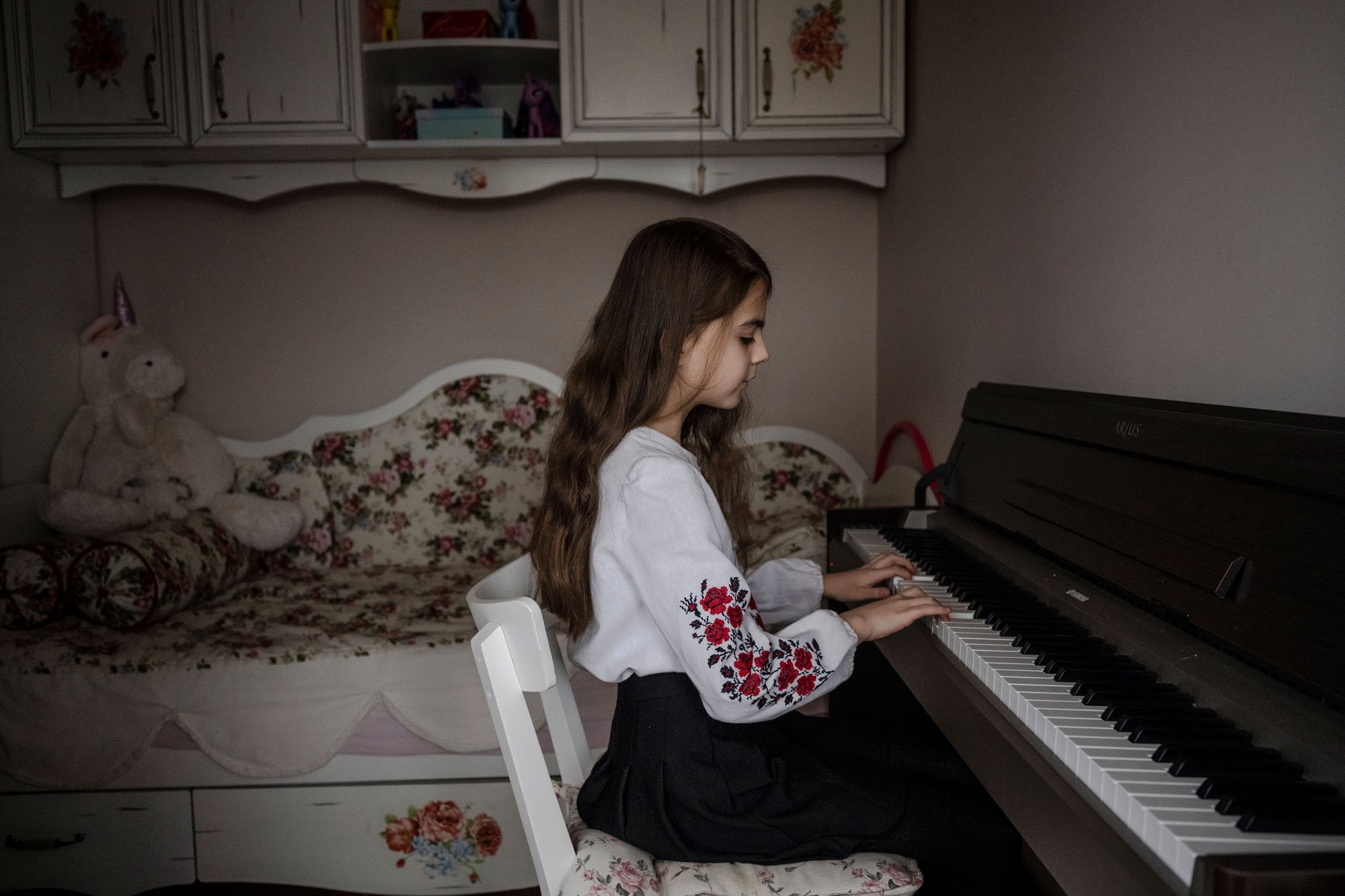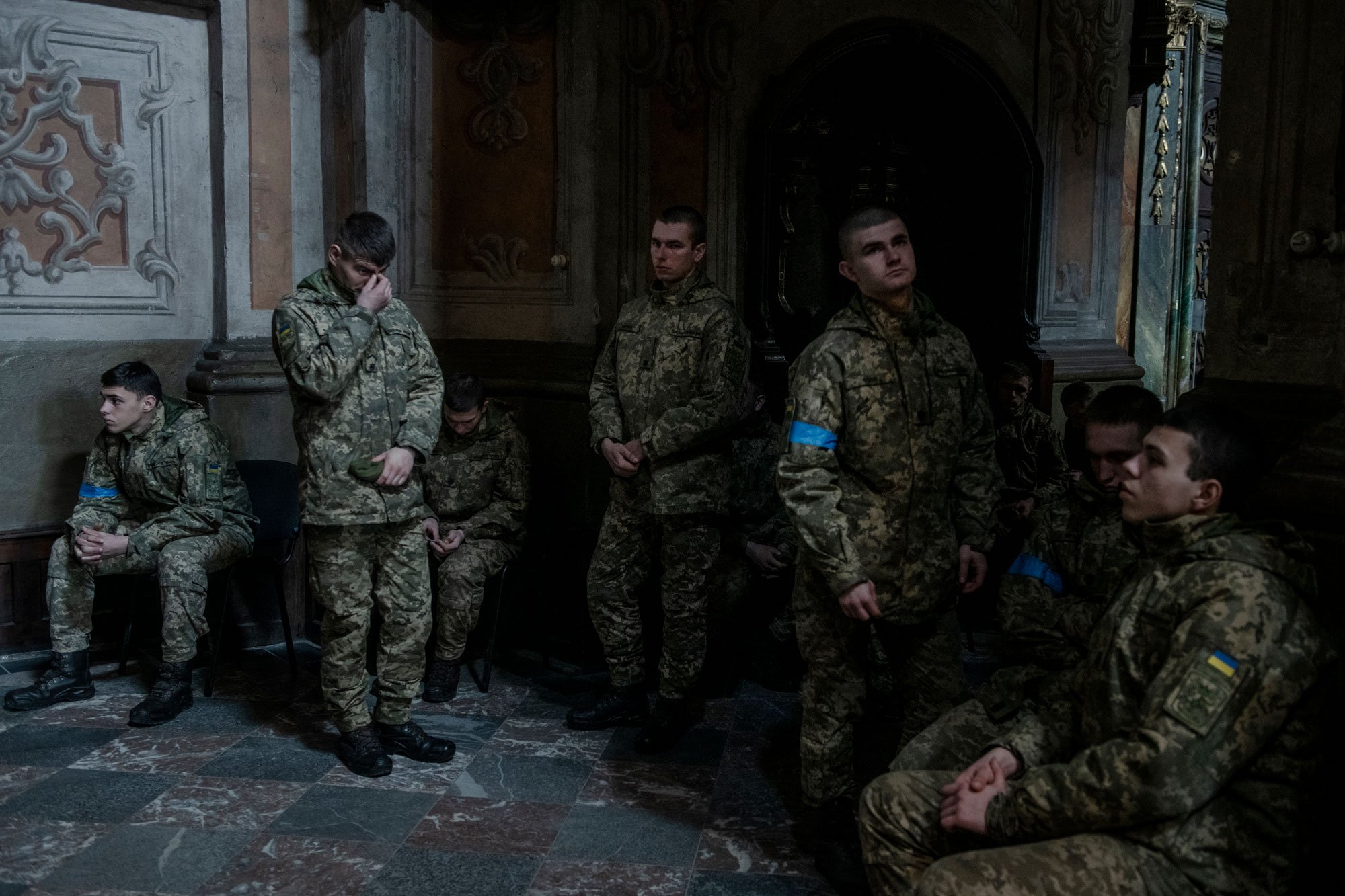How Do You Read a Photograph?
PHOTOVILLE, NYC, 2023
Our lives are filled with images. They’re everywhere, all the time — entertaining us, selling to us, informing us. How often do you make the effort to not just look at a photo, but rather look into it, asking yourself, “What is this photo doing, and how is it doing it?” This exhibition provides tools and questions to better understand photographs by engaging in this type of close reading.
Photojournalists use cameras to record and relay newsworthy events to the public. Whether it’s at someone’s home, a public sidewalk, a state capitol, or a conflict zone, these photographers encounter a range of situations for which they must immediately decide what, where, and who to include in a news photo. Every photo offers a multitude of details that can be investigated with a close read.
We asked two recent CHF awardees, Tamir Kalifa and Kasia Strek, to share a series of their own images with these viewer questions in mind:
What is happening in the photo?
Who is in the photo, and what ideas do these people represent (e.g., a community, migration, the environment, gun violence)?
If there were no written caption, what would you be able to understand about the scene from the image alone?
What is the photo showing that words cannot convey?
Do the people in the photo appear to be feeling emotions? If so, does it make you, as a viewer, feel similar or different emotions?
How are the objects, places, and people in the photo engaging or interacting with each other?
What non-human objects, details, or artifacts are in the photo, and what do they suggest about the story or the people they belong to?
Is the scene in the photo indoors or outdoors? Can the setting be interpreted as symbolic in the context of the story (e.g., enclosed, trapped, open, free)?
Do the people in the photo appear with other people, or are they isolated?
How is human connection portrayed in the photo? Do the depictions of proximity, intimacy, and touch change your preconceptions of potentially vulnerable people?
Does the photo include people in positions of authority (e.g., police officers, politicians, CEOs)? If the photo also includes other people who are subject to that authority, what is being said by each person’s body language?
Are the people in the photograph depicted as large or small in the frame?
Do you feel something is missing from the photo?
Photos are both transmitted and received with a variety of meanings, and this exercise is a chance to reflect on the meanings in these images. As photographs become ever more powerful, expressive, and crucial to the way we absorb information, we hope you’ll employ questions like these as critical tools for a close reading of photographs wherever you encounter them.
Curated by:
Ryan Christopher Jones and Christina Piaia
Design by:
Giovanna Cavagnaro King

